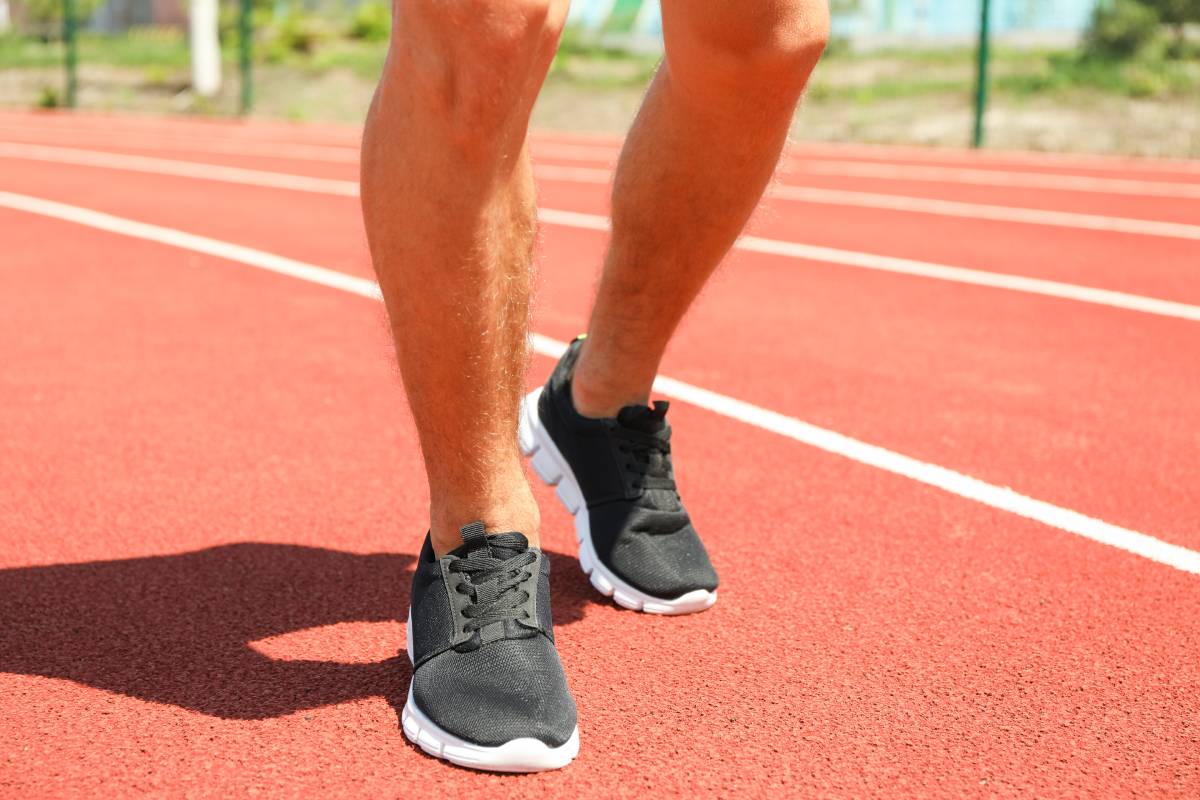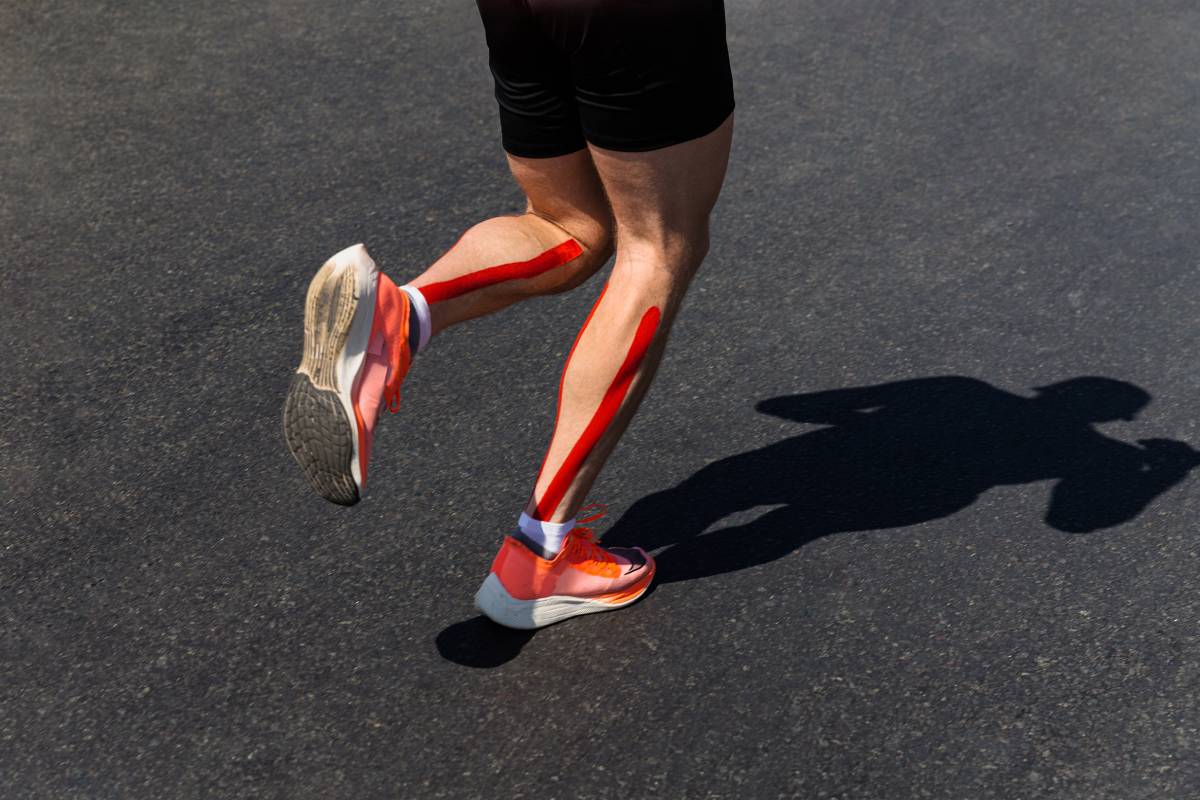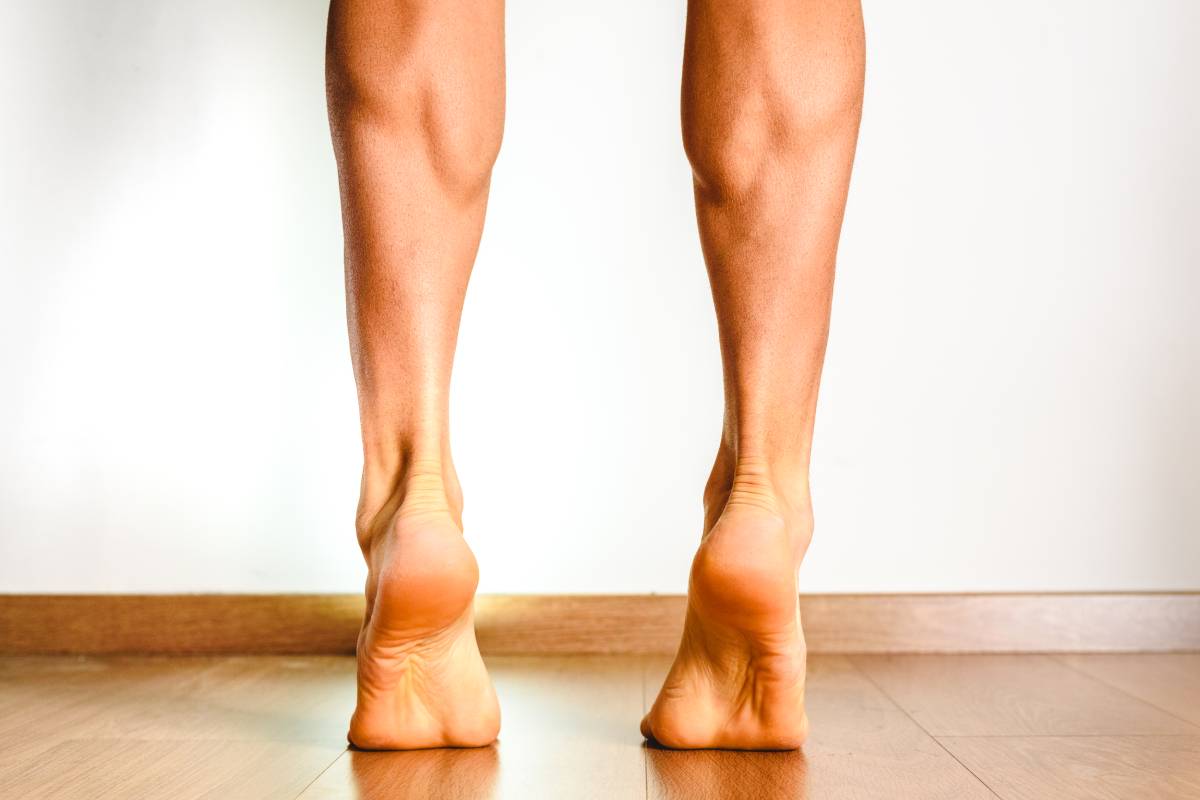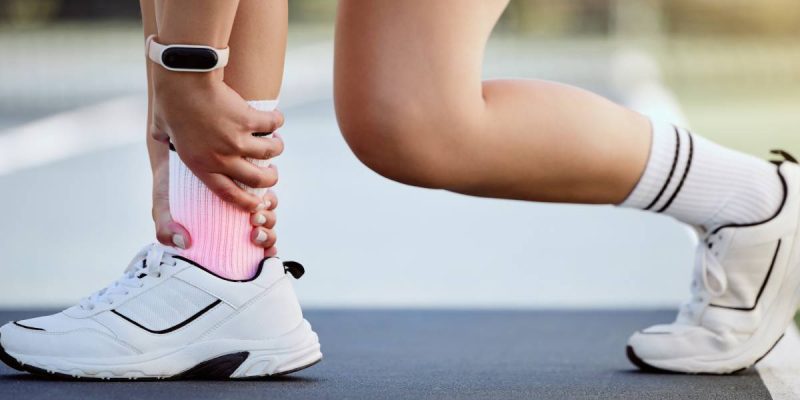The Achilles tendon is crucial for activities like walking, running, and jumping but is prone to injury, especially in runners.
Running can strain the Achilles tendon, leading to conditions like tendinitis if proper technique and recovery aren’t prioritized.
However, with the right approach, running can still be safe and beneficial for tendon health. It’s essential to focus on proper form, gradual progression, and strengthening exercises to reduce the risk of injury.
This article will discuss the best running techniques to prevent Achilles tendonitis, effective exercises to strengthen the tendon, and tips for maintaining a healthy Achilles while running.
Is Running Bad for Achilles Tendonitis?

For individuals with Achilles tendinitis, running can worsen the condition if the tendon isn’t allowed to heal. High-impact activities, such as running on hard surfaces or making sudden speed changes, can strain the tendon further.
However, with proper adjustments to running form, intensity, and recovery, running can still be part of the rehabilitation process. Listening to your body, addressing symptoms early, and gradually progressing is key to managing Achilles tendinitis while staying active.
What Is the Best Running Technique for Achilles Tendonitis?
Proper running technique can play a vital role in preventing and managing Achilles tendinitis. While running may stress the Achilles tendon, the risk of injury can be minimized with the following strategies:
1. Avoid Heel Striking
When running, your foot should ideally land beneath your body to minimize stress on the Achilles tendon. Heel striking where the heel makes contact with the ground first puts excessive strain on the Achilles tendon.
Instead, aim for a midfoot or forefoot strike, where your foot lands with the middle or front of the foot touching the ground first. This helps distribute the force of landing more evenly across the foot and ankle, preventing excessive strain on the Achilles tendon.
2. Maintain a Shorter Stride Length
A longer stride may feel more natural to some runners, but it places additional strain on the Achilles tendon.
A shorter stride length, in which your foot lands closer to your body, can reduce the stress on the tendon. Shortening your stride also helps with maintaining a more natural and efficient running posture, which can be less taxing on the body overall.
3. Gradual Increase in Intensity and Volume
One of the most important principles when training for any sport is the gradual progression of intensity and volume. Sudden spikes in running distance or intensity can increase the load on the Achilles tendon, leading to inflammation and potential injury.
To avoid this, aim for a gradual increase in running distance or pace, typically increasing by no more than 10% per week. This allows the Achilles tendon to adjust and strengthen over time without risking overload.

4. Focus on Strengthening the Calf Muscles
The calf muscles are intricately connected to the Achilles tendon, and strengthening them can help reduce the strain on the tendon during running. Calf raises and other calf-strengthening exercises can improve muscle balance and support the tendon in absorbing the forces of running.
5. Proper Footwear and Cushioning
Wearing the right running shoes is crucial in preventing and managing Achilles tendinitis. Shoes that provide good arch support, cushioning, and shock absorption can reduce the stress placed on the Achilles tendon during running.
In some cases, custom orthotics may be recommended to address specific biomechanical issues, such as overpronation (when the foot rolls inward excessively), that could contribute to Achilles tendon problems.
6. Surface Selection
Running on hard surfaces like concrete can increase the impact on the Achilles tendon. Whenever possible, try to run on softer surfaces such as grass, dirt trails, or rubberized tracks. These surfaces can absorb some of the shock, reducing the strain on the Achilles tendon and other parts of the lower body.
What Is the Best Exercise to Strengthen Your Achilles Tendon?
Strengthening the Achilles tendon is key to preventing injuries and supporting recovery from Achilles tendinitis. The following exercises focus on strengthening the tendon and surrounding muscles to help you run more efficiently and safely.

1. Eccentric Calf Raises
Eccentric calf raises are often considered the gold standard exercise for strengthening the Achilles tendon, especially for those recovering from tendinitis.
This exercise targets the calf muscles while also working to improve the tendon’s ability to absorb force. Eccentric training involves lengthening the muscle under tension, which has been shown to improve tendon strength and function.
How to perform eccentric calf raises:
- Stand on the edge of a step with your heels hanging off.
- Push up onto your toes with both feet.
- Lift one foot off the ground, and slowly lower yourself back down on the other foot (keeping the weight on one foot).
- Perform 2–3 sets of 10–15 repetitions for each leg.
- Make sure to lower yourself slowly, taking about 3 seconds to descend.
2. Heel Drops
Heel drops are another variation of the eccentric calf raise that is beneficial for Achilles tendon strengthening. This exercise helps improve the flexibility and strength of the tendon while reducing stiffness and tightness.
How to perform heel drops:
- Stand on a step or raised surface with your feet hip-width apart.
- Drop your heels below the level of the step, allowing a gentle stretch in your calves.
- Slowly rise back to the starting position.
- Perform 2–3 sets of 10–15 repetitions.
3. Toe Walks
Toe walks help strengthen the calves, feet, and Achilles tendon by forcing the body to engage these muscles to maintain balance and posture.

How to perform toe walks:
- Stand up straight and rise onto your toes.
- Walk forward while staying on your toes for about 30 seconds to 1 minute.
- Repeat for 2–3 sets.
4. Calf Stretches
Tight calves can contribute to increased stress on the Achilles tendon. Regularly stretching the calves can help alleviate tension and improve flexibility, reducing the risk of Achilles injuries.
How to perform calf stretches:
- Stand facing a wall, with one leg forward and the other leg extended behind.
- Keep your back leg straight and your heel on the floor as you lean into the wall.
- Hold the stretch for 20–30 seconds, and repeat on the other leg.
5. Resistance Band Exercises
Using a resistance band for Achilles tendon exercises can help strengthen both the tendon and the surrounding muscles. This can be done by attaching the band to a stationary object and gently pushing against the resistance of the band.
How to perform resistance band exercises:
- Sit on the floor with your legs extended in front of you.
- Wrap a resistance band around the ball of your foot and hold the other end in your hands.
- Gently press your foot against the band while keeping your leg straight.
- Perform 2–3 sets of 10–15 repetitions for each leg.
No Time Workouts for Achilles Tendon Strengthening
If you’re short on time but still want to target your Achilles tendon, these quick exercises can be done in as little as 5-10 minutes a day. No Time Workouts like these are effective for strengthening your tendon without taking up much of your schedule.
- Eccentric Calf Raises: 2-3 sets of 10-15 reps per leg (can be done with one foot at a time for quicker results).
- Toe Walks: 30 seconds to 1 minute of walking on your toes, repeated for 2-3 sets.
- Calf Stretches: Hold each stretch for 20-30 seconds, repeating for each leg.
Conclusion
Running can be both beneficial and risky for the Achilles tendon, depending on various factors such as technique, training intensity, and recovery.
For those with Achilles tendinitis, it is crucial to focus on the right running technique, gradually increase training intensity, and prioritize proper footwear.
Incorporating exercises like eccentric calf raises, heel drops, and resistance band work into your routine can help strengthen the Achilles tendon, reduce injury risk, and improve running performance.
By using the right techniques, exercises, and recovery practices, you can safely continue running and protect your Achilles tendon.




















